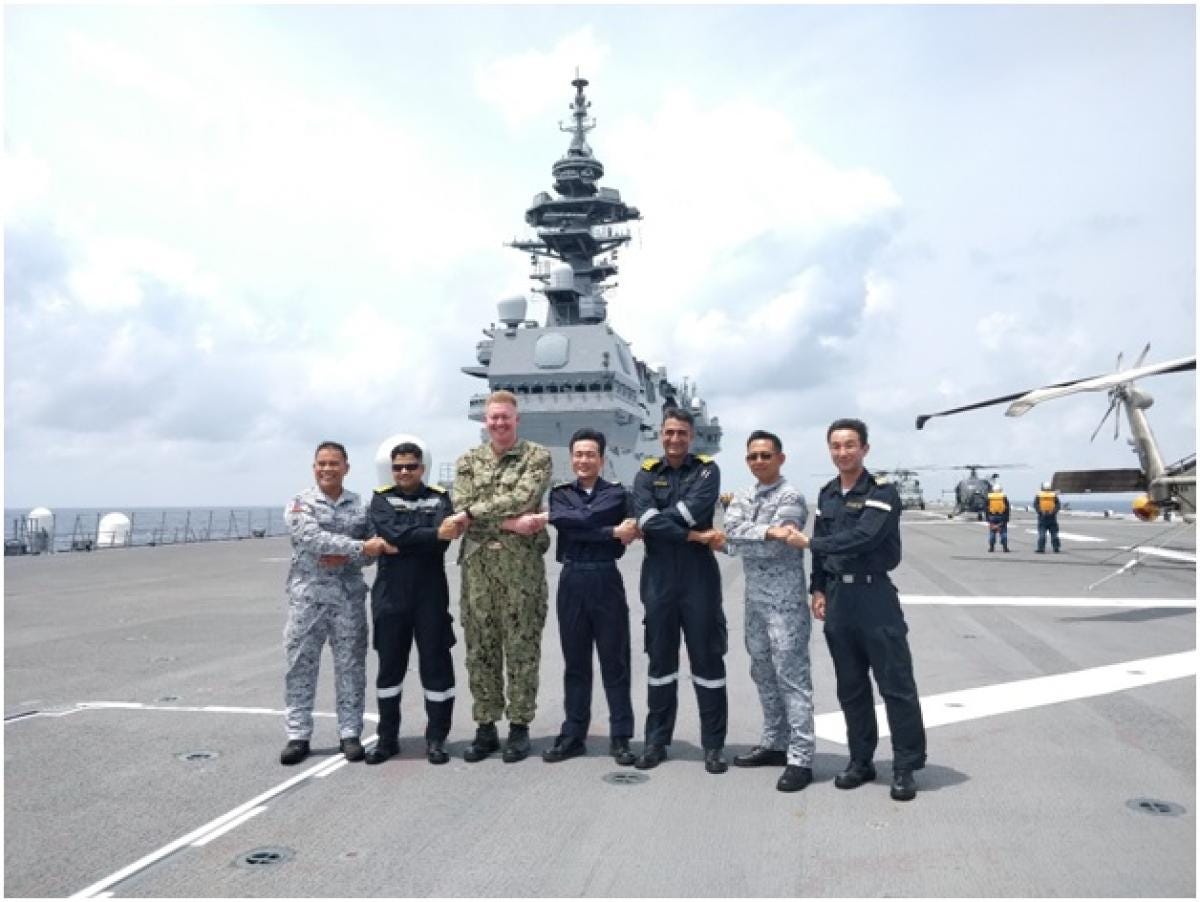India Begins Pivot to East Asia
Delhi displays growing ambitions in the South China Sea
By: Neeta Lal
India is belatedly setting out to become a counterweight to China in East Asia, strengthening defense ties and forging strategic cooperation in a growing challenge to Beijing.
Its latest move came earlier this month when it joined hands with the Philippine government in an agreement to “strengthen defense engagement and maritime cooperation…
Keep reading with a 7-day free trial
Subscribe to Asia Sentinel to keep reading this post and get 7 days of free access to the full post archives.

